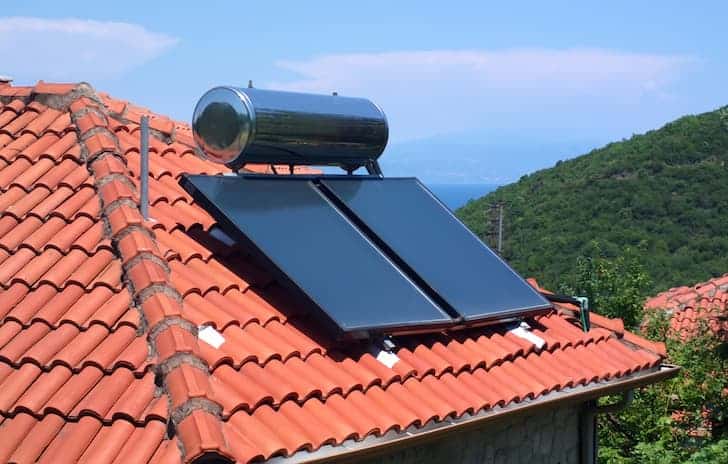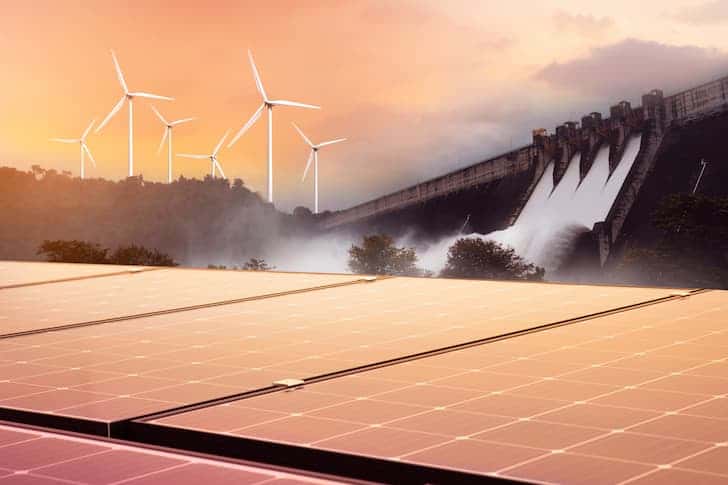For many years oil and coal have been the primary sources of energy for powering homes. Oil and coal are nonrenewable resources, meaning humans can’t replenish them. As people continue to use these resources, they’ll eventually run out. Additionally, these traditional energy sources negatively impact the environment. They produce harmful emissions that contaminate the air and contribute to climate change.
With the depletion of nonrenewable resources, its effect on the environment, and the rise in energy costs, the need for clean energy sources has never been more significant. Thankfully, there are many ways to power your home using clean energy.
The following are three of the most popular methods you should know about:
1. Use Solar Energy
Solar energy is one of the most well-known forms of clean energy. Below are ways to benefit from sunlight and maintain a green home:
- Solar Panels
Solar panels work by converting sunlight into electricity. It’s clean energy because it doesn’t produce any harmful emissions. Additionally, solar energy is renewable because the sun will continue to make the sunlight as long as it exists.
So, if you want to harness the sun’s energy to power your home, installing solar panels is the way. Seeking help from companies like Impact Energy Solar Installation can help you get started.
Solar panels come in different sizes, which can power big appliances down to small ones like a fan or phone chargers. You’ll need a more extensive system to generate enough electricity to power an entire home. You can install solar panels on your roof or in your yard.

- Solar Water Heating System
The heating element in an appliance is responsible for heating the water inside. It does this by passing an electric current through a metal coil. This coil then gets hot and heats the surrounding water. Appliances with the heating element are often some of the biggest energy consumers in a home. So, if you can find a way to heat water using clean energy, it can make a big difference.
A solar water heating system does just that. This system uses the sun’s energy to heat water and store it in a tank. It has a solar collector that collects heat from the sun and transfers it to a heat transfer fluid, a water or glycol mixture. This fluid then flows through a heat exchanger, where the water is heated before being sent to the tank. When you need hot water, it’s drawn from the tank. You may use this system to supplement your home’s hot water needs, or it can be the sole source.
- Solar Cookers
A solar energy cooker is a device that uses the sun’s energy to cook food. They come in various designs, but the most common is the box type and the parabolic one.
The solar cooker is an angled reflector that focuses the sun’s rays onto a focal point. This point is where you place the food you want to cook. The color of the pot also affects how well the solar cooker works. A black pot is the most effective because it absorbs more heat.
If your location receives a lot of sunlight, harnessing its power to cook food, generate electricity, and heat water is a great way to power your home with solar energy. However, wind energy might be a better option if you live in an area with less sunlight because of a cloudy and windy climate.
2. Take Advantage of The Wind
Wind energy is another popular form of clean energy which can power homes.
- Wind Turbines
Like solar energy, wind energy converts renewable resources into electricity. Wind turbines work by harnessing the wind’s kinetic energy and converting it into mechanical energy. When the turbine blades rotate, it drives a generator which produces electricity.
Keep in mind that the amount of electricity a turbine can generate depends on the wind speed. If the wind speed is low, it won’t produce much electricity. But if the wind is blowing at high speed, a turbine can generate much electricity.
Wind turbines are ideal for people living in areas with high wind speeds. Using wind turbines to power your home is an excellent option if you live in one. Nonetheless, you might not be able to generate enough electricity to power your home if the wind speeds in your area are low. But, if there’s a flowing water source like a stream or river near your home, you can instead use water to generate electricity.
- Windmill Water Pump
This type of water pump uses the wind to generate power and pump water from a well or lake. The windmill’s blades rotate when the wind blows, driving a shaft connected to a pump. This pump then draws water from the source and pumps it into a tank. You can use the water from there for irrigation, drinking, or other purposes.
People commonly use windmill water pumps in agricultural settings but can also use them in residential ones. If your location has high wind speeds and a water source on your property, then using a windmill water pump to harvest and store water can help. Instead of using electricity or a gasoline-powered pump, you can use the power of the wind to do it for you.
The above are some of the ways you can power your home using wind energy. If wind speeds in your area aren’t high, but there is a water source on your property, water energy might be a better option for you.
3. Use Water To Power Your Home
Water is one of the most abundant resources on earth, and you can use it to generate electricity. Below are ways to use water to generate electricity and power your home.
- Hydroelectric System
Hydropower is the most common form of water-based energy generation. It uses the force of moving water to spin a turbine that drives a generator and produces electricity. The amount of electricity produced depends on the volume and flow rate of water. If you live in an area with a flowing water source, using a small hydroelectric system to power your home to generate electricity is a great option.
- Water Source Heat Pumps
A water source heat pump is a type of geothermal heat pump that uses the water in a river, lake, or well to heat and cool a home. It uses several pipes with fluid inside that is responsible for transferring heat. The fluid inside the pipes absorbs heat from the water and transfers it to the home to make it warm.
Water is an excellent source of clean energy, which you can use in different ways to power your home.
Final Words
As the earth’s nonrenewable natural resources continue to dwindle, it’s important to power homes using clean energy. There are many different ways you can power your home with clean energy.
Solar and wind energy are great options if your area receives a lot of sunlight or high wind speeds. If you live near a water source, hydro energy is a great option to have clean energy at home. Switching to clean energy benefits the environment and helps save money in the long run.






